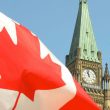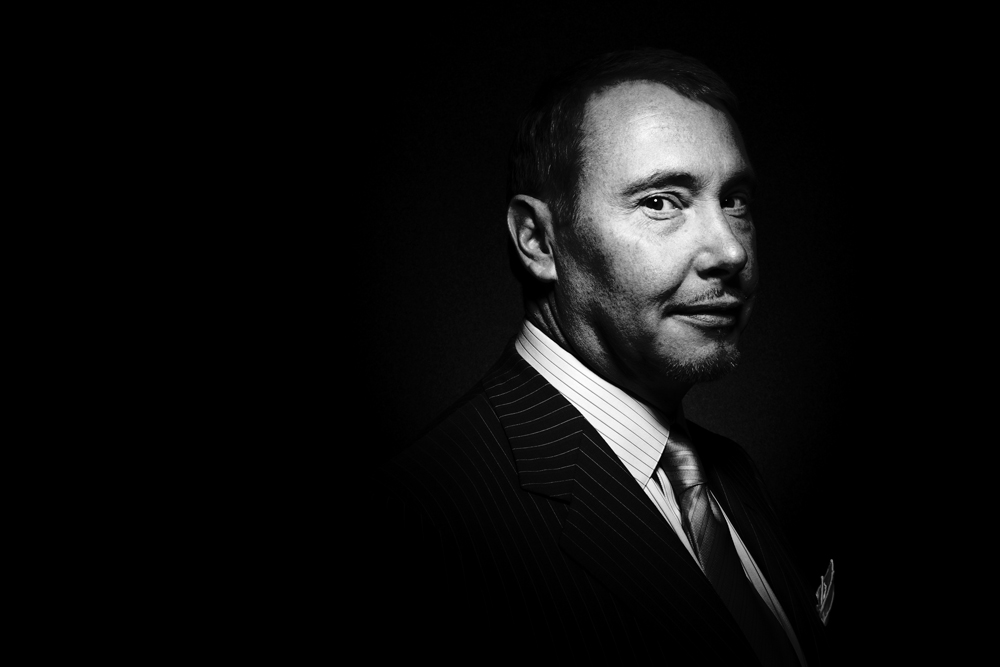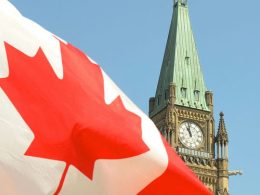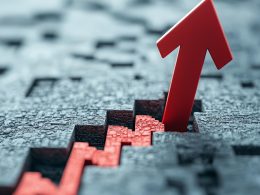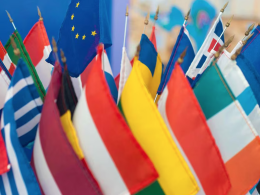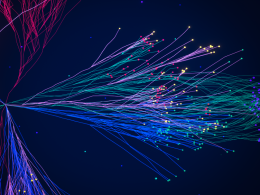Above All, Do No Harm — Or Do Nothing?
Federal Reserve Chair Jerome Powell, during his latest post-FOMC press conference, delivered a message so vague, it could be carved in marble above the Eccles Building, following the Fed’s decision to leave overnight rates unchanged: “We’ll know it when we see it.” That’s not just the mood—it’s the method.
In conversation with CNBC's Scott Wapner last week1, DoubleLine's Jeffrey Gundlach doesn’t hold back in diagnosing the Fed’s position: “I really felt he did everything but invoke the Hippocratic Oath… Above all, do no harm.” The problem? The car’s already moving, and no one’s steering.
Gundlach quips that we’ve entered “Mister Magoo land,” where the Fed, blinded by uncertainty, is cruising toward a collision with either inflation or unemployment. “We’re just going to wait and see which tree we bump into.”
Chair Powell’s own words confirm it:
“I don't think we can say… which way this will shake out. I think there's a great deal of uncertainty… it's too early to know that.”
Steve Liesman, who is asked the question of the day—“Which way will you lean first?”—summarized Powell’s entire 45-minute session into one answer:
“Yes.”
Translation: The Fed doesn’t know whether to fight inflation or cushion rising unemployment. It’s hedging its bets by doing nothing—at least for now.
The Yield Curve's Message: Recession with a Twist
Gundlach lays out a dire technical backdrop: the yield curve’s inversion and de-inversion cycle—a historically reliable recession signal—is flashing red. “The twelve-month moving average of the two's tens is now positive, which has never happened without recession after a period of inversion going back to 1980.”
Meanwhile, despite 100 basis points of easing, long-term rates are up. That’s not recessionary behavior—it’s what happens when investors start questioning Uncle Sam’s ability to foot the bill. “Interest expense on the debt is just horrifically bad,” Gundlach warns, noting it’s approaching $4 billion per day.
His concern? We may be headed toward “yield curve control,” a desperate policy tool used in 1940s America and more recently in Japan. If long-term rates don’t fall, and the Fed remains inert, the Treasury might be forced into drastic moves.
Gold Knows What the Fed Won’t Say
While stocks whipsawed and bond yields screamed confusion, gold calmly broke to new highs. “Gold broke out above 2,000… now it’s like 3,400,” Gundlach notes, predicting a climb to $4,000.
Why the strength? Fear—not greed—is back in the driver’s seat. Gundlach believes gold has re-emerged as a “true monetary asset” amid growing concerns over geopolitical chaos and fiscal irresponsibility.
Cracks in the Private Credit Mirage
The most chilling part of the conversation wasn’t about the Fed. It was about a brewing crisis hidden in the polished pitchbooks of elite institutions.
“Private credit is underperforming public credit since [last September],” Gundlach says bluntly. His warning echoed through the halls of Harvard, quite literally:
“Harvard has a $53 billion endowment, and they’ve tapped the bond market now twice for basically operating cash… they’re asset-rich and cash-poor.”
With 40% of its endowment in private equity and potentially large exposures to private credit, Harvard is a poster child for a liquidity trap in slow motion.
Private credit’s defenders—Blackstone’s John Gray, Apollo’s Mark Rowan, and others—say it’s more stable than public markets. Gundlach isn’t buying it:
“They say it’s less volatile, but that’s just because it isn’t marked to market. It’s a clubby world… one manager marked a position at 95, another at 80. It’s the same asset.”
He likens the optimism to the infamous “subprime is contained” refrain of 2007, warning:
“When you take illiquid investments and put them into vehicles that can require liquidity… that’s a real problem.”
Tariffs, Inflation, and the 'Soft Landing' Delusion
Gundlach expects CPI to end the year “with a four handle,” warning: “A four handle doesn’t sound like two.” Powell, citing inflation expectations as “anchored,” is called out:
“That’s not true at all… the University of Michigan’s twelve-month inflation expectation is in the mid-sixes.”
With tariffs pending, Gundlach suspects the Fed is underestimating future price spikes and overestimating its own credibility. If the Fed cuts rates while inflation rises, “you’re going to have a real problem at the long end.”
The End of the American Exceptionalism Trade?
The final act of the Gundlach monologue painted a picture of a long, slow unraveling of U.S. market dominance.
“The net investment position of the United States was negative $3 trillion eighteen years ago… now it’s $28 trillion,” Gundlach notes. That relentless foreign buying is showing signs of reversal as Europe and India outperform, and U.S. valuations reach extremes:
“We’re twice as high as the ‘Nifty Fifty’ era.”
The dollar, once a safe haven, is now in question. Gundlach sees it under pressure in the next recession, urging investors to consider shifting allocation:
“I keep recommending that investors think about the dollar… I’ve talked about having much less weight in the United States than in Europe.”
The Final Cut: The Inevitable Reckoning
Gundlach doesn’t see much political appetite for fixing the U.S. budget crisis either. He mocks California’s high-speed rail debacle—“$33 billion turned into $128 billion, not one inch of track laid”—as emblematic of systemic waste.
A fiscal reckoning may force radical policy shifts, like extending Treasury maturities or forcibly altering foreign-held debt. “The fact that [Treasury Secretary Yellen] is even discussing that means something like it could actually be in our future,” he says ominously.
A Fed That Can’t Steer, A System That Can’t Pivot
The Fed is flying blind. Private credit is cracking under the weight of its own marketing. And U.S. exceptionalism is showing signs of fatigue. Gundlach’s overarching message is that the risks are real, growing, and still widely underestimated.
“We’re in a regime change,” Gundlach concludes. “The second half is going to be interesting.”
Indeed, when the man nicknamed the “Bond King” says he’s never held more cash and is watching for the next tree to crash into—you might want to tighten your seatbelt.
Footnote:
1 Capital, DoubleLine. "Gundlach on Fed Uncertainty, Private Credit Pitfalls & Waning Momentum of U.S. Exceptionalism." YouTube, 7 May. 2025,

